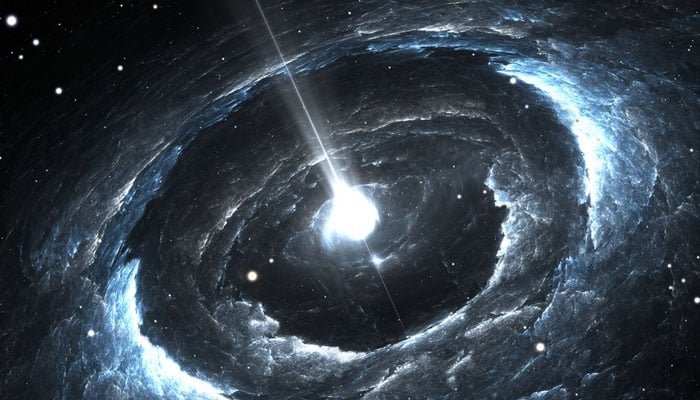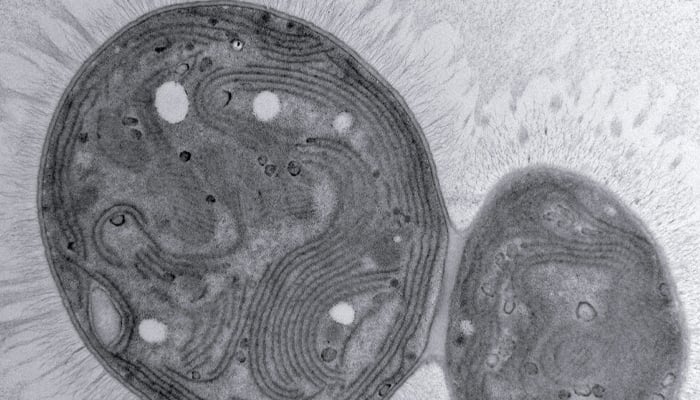Scientists have made a significant finding about antimatter, a mysterious substance that was abundant at the beginning of the universe.
Antimatter is the exact opposite of matter, which the universe is made of.
Both were produced in an equal quantity during the Big Bang that gave rise to our universe. Although matter can be found everywhere, it is currently incredibly difficult to find its opposite.
According to the most recent research, the two react to gravity in the same way.
For years, physicists have been trying to figure out how different theories differ and overlap in order to explain how the universe came into being.
The discovery that antimatter lifted in reaction to gravity rather than falling would have completely disproved all we’ve learned about physics.
They’ve now confirmed for the first time that atoms of antimatter fall downwards. But rather than leading to a scientific dead end, this opens the way for fresh research and ideas. For instance, does it fall at the same rate?
Matter and antimatter should have merged and cancelled each other out at the Big Bang, leaving only light. One of the great mysteries of physics is why they didn’t, and the solution lies in identifying distinctions between the two, BBC reported.
In those early moments of creation, matter somehow prevailed over antimatter. According to Dr Danielle Hodgkinson, a member of the study team at Cern in Switzerland, the largest particle physics laboratory in the world, how antimatter reacts to gravity may contain the answer.
“We don’t understand how our Universe came to be matter-dominated and so this is what motivates our experiments,” she told me.
What is antimatter?
Let’s begin by defining matter. Matter is made up of the minuscule atoms that make up everything in our world.
Hydrogen is the most basic atom. The sun is primarily composed of it. A negatively charged electron orbits a positively charged proton at the centre of a hydrogen atom.
The electric charges are reversed in the case of antimatter.
Consider antihydrogen, which is employed in the Cern experiments because it is the antimatter equivalent of hydrogen. Its centre is occupied by an antiproton, which is negatively charged, and is orbited by a positron, which is positively charged.
The team is improving their experiment to make it more sensitive for the following stages of the study in order to determine whether there is a minor variation in the rate at which antimatter falls.
If so, it might provide an answer to one of the most important issues of all, namely how the universe came to be.
The Nature journal has published the findings regarding anitmatter.




